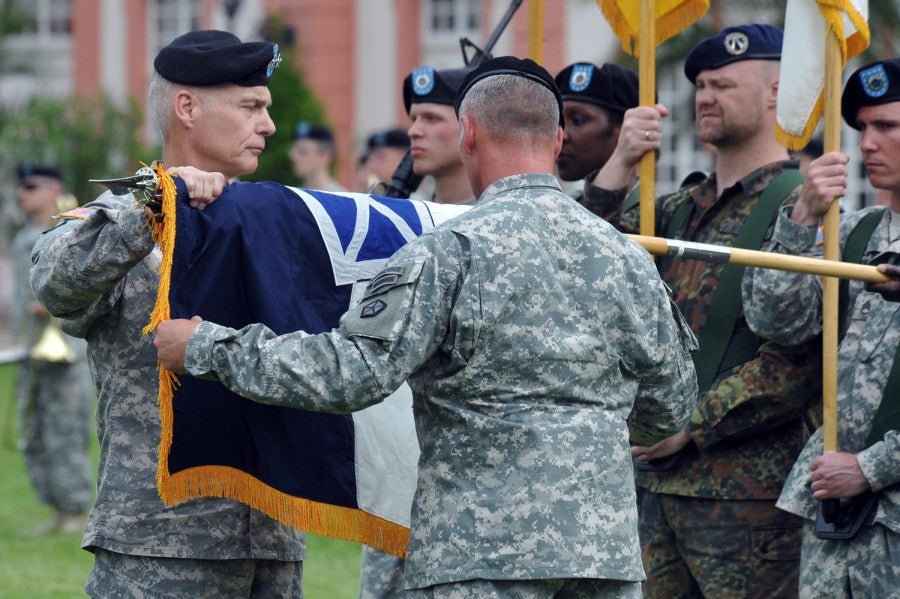Additional US Army Corps Activated, Will Be Sent to Europe
Early in 2020, the US Army informed the public of the activation of additional corps headquarters. It is a step towards increasing the presence of the US Armed Forces in Europe, according to the Atlantic Resolve initiative and policy of deterrence against the Russian Federation. One of them is the newly reactivated V Corp, which lasted only 8 years as an inactive one since 2012. 635 soldiers will maintain the headquarters with 200 of them moving to Europe on a rotation basis.
“The establishment of V Corps enables the Army to fulfill requirements of the National Defense Strategy. It also supports a U.S. European Command request for increased command and control capability, and will support U.S. interests, allies and partners in the region.”
Army announces activation of additional corps headquarters / US Army press release,
Feb. 11, 2020
The V Corp headquarters are going to be located in the city of Poznan. It is a part of increasing the size of the US Army presence in Poland, due to the declaration signed between the countries in June 2019. The first rotation will take place in the fiscal year of 2021.
The corps headquarters were activated in Fort Knox, Kentucky on the 16th of October 2020. Gen. James McConville, chief of staff of the Army, said:
“The activation of an additional Corps headquarters provides the needed level of command and control focused on synchronizing U.S. Army, allied, and partner nation tactical formations operating in Europe.”
The very short retirement of the V Corps was a bit of surprise, however, the circumstances of its reactivation speak for themselves. The increasing presence of the US Army in Poland, especially with the possible relocation of the US forces from Germany, has encouraged the Army to activate additional command units for the ground component. Besides that, the agreement sealed between the Poles and the US encourages the creation of additional posts for the US Army around Poland.
The controversy of excluding American soldiers from the Polish jurisdiction and additional payments for the troops’ deployment in Poland has caused some discontent among the Polish public. Especially, when the agreement between President Trump and the President Andrzej Duda was signed just before the second stage of the Polish presidential election, bringing up the accusation of purchasing public support with military spending. However, the necessity of enhancing the NATO Eastern Flank is obvious, but do the costs really compensate for the US presence?

